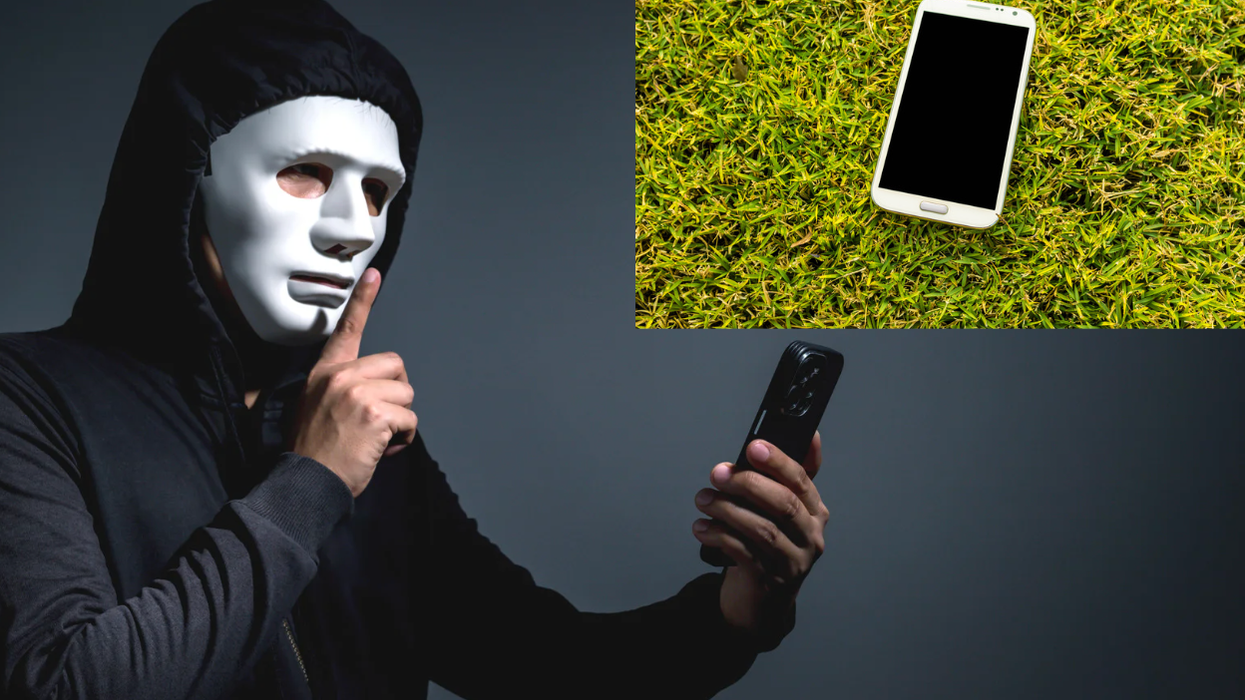Attempting to explain grief, and the ways mourning comes and goes at will, can be incredibly difficult. How do you sum up a sadness that is constantly shifting and often out of grasp? Death and loss, while normal, still don’t settle into our brains lightly, so it makes sense that we’re sent into a jolt of non-linear emotional grappling.
The Twitter user Lauren Herschel quickly went viral for her thread on grief, wherein she shared the visual analogy of “the ball and the box.”
The theory was first shared by Herschel’s doctor, who uses it to describe how grief is triggered in the brain.
Essentially, the theory sums up grief as a ball in a box with a pain button. The ball is largest immediately after a trauma or loss, which means almost any action can trigger the pain button. But, as time goes on, the ball often gradually shrinks and the pain button is activated less often.
While it may get smaller, the ball of grief usually lasts forever, and sometimes the pain button will be activated when you least expect. Also, it’s not unusual for certain pain button triggers to cause the ball of grief to grow larger for a period after you thought it had permanently shrunk.
The thread quickly filled up with people sharing how grief has affected them, and how well the analogy sums up a nearly indescribable process of healing.
As one woman so succinctly put it, we all have to experience grief eventually, so we might as well have the language for it.
Hopefully, this analogy can help even more people learn how to approach and express their experience with grief. Being able to communicate your heaviness does a lot to lighten the load.














